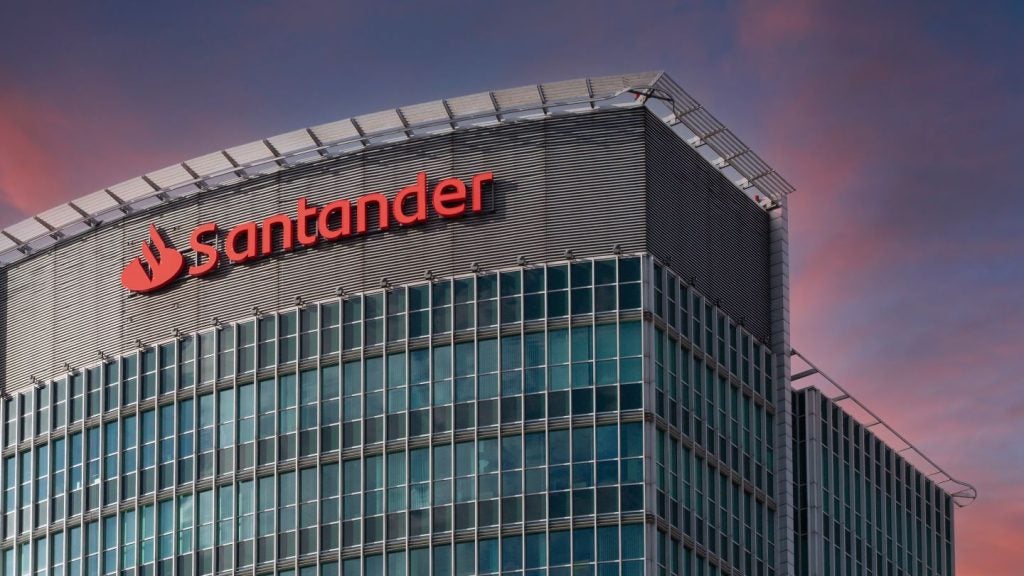Citi’s mobile banking strategy in the US has been
derided for low take-up rates, but the bank has now signalled a
significant shift in strategy. Trying to position itself as a
global leader in m-banking, Citi is moving away from its previous
focus on downloadable ‘thin’ applications. William Cain
reports.
Steve Kietz, Citi’s executive vice-president for innovation,
said downloadable m-banking applications have had their day,
signalling a change in tack on the bank’s mobile strategy.Citi,
blighted by low m-banking uptake in its US business (see RBI
594), is looking to develop browser-based applications,
similar to the system used by Bank of America, which now has over 1
million users. CitiMobile, launched in April 2007, has just 20,000
customers, primarily because of the system it has been operating
on, a downloadable, closed proprietary platform application which
takes up to seven minutes to download.
 Kietz, speaking at RBI’s recent Innovations
Kietz, speaking at RBI’s recent Innovations
conference in Singapore (see RBI600), said: “The
downloadable application might have had its day. It’s very handset
dependent and carrier dependent. It’s slow – our US system took six
to seven minutes to download. Then you have to worry about where
the application goes to, what sub-menu, etc.”
Bank of America, which picked up RBI’s Best
Multi-Channel Strategy Award earlier this year, registered 1
million users just 12 months after its mobile banking product was
launched, and said it had over 100,000 users daily on peak usage
days. It was successful on a range of handsets – not just Apple’s
iPhone – but also RIM’s Blackberry and Microsoft Windows
devices.
Kietz added: “We are confident we will be good at mobile
browsing and can figure out what operating system a customer is on.
[The problem is that] there is so much variability in the
individual device, when you come to do the download. You do the
downloadable application and then you have to do more settings
changes. The customer has to figure that out, or we have to figure
out a way to program for it, which is why we have now changed our
focus.”
He described three main stages in the development of m-banking,
which mean different products are appropriate at different
times.

US Tariffs are shifting - will you react or anticipate?
Don’t let policy changes catch you off guard. Stay proactive with real-time data and expert analysis.
By GlobalDataStage one solutions feature lower-value activities, like simple
account activity inquiries, that require limited interactivity. At
this stage, customer awareness needs to raised, and the convenience
of the product promoted.
Stage two solutions typically feature slightly more valuable
activities, like integrated mobile account management, that require
additional interactivity and security. When this point is reached,
usage and retention can be driven through the adoption of
interactive banking services, like fund transfers.
Stage three solutions offer the most value to consumers, and
many countries in Asia-Pacific are at this stage. Typically it
includes services like near-field communications (NFC)
functionality for m-payments and location-based products using
GPS.
“Stage two is driving usage and retention – how do we get people
using m-banking? And I think that’s part of the US story. Citi,
Wachovia did the downloadable application in 2007, a couple of
smaller banks did it also in 2007. But Bank of America’s team came
out with the mobile browser application, driven by the iPhone, and
it turned out only 20 percent of their users were iPhone users, and
that turned the whole market.”
Kietz said it is predicted 70 percent of worldwide banks would
offer m-banking by 2010, with the US catching up Asia and Europe in
terms of availability of the services. He added that between now
and 2011, the number of people accessing banking services through
mobiles would increase ten-fold and the value of their transactions
would double.
Where’s the return on investment?
One of the big questions in mobile banking is where the return
on investment comes from, which Kietz believes has held back a lot
of banks. Citi was a big spender in the first round of mobile
banking investments in the US, even though it was hard initially to
see whether it would be a revenue generator – through extra
services and fees – or a cost cutter – through reduced client
enquiries to call centres.
On the revenue-generation side, banks can use the mobile device
for issuing SMS text messages to promote services. In Japan, for
example, Citi is particularly strong in retail foreign exchange
trading. Kietz believes the bank can generate extra fee income by
texting customers when there are big moves in the forex markets,
alerting customers to potential trading opportunities, and
embedding a URL in the text allowing the customer to link straight
to their account.
M-banking could also operate as a cost cutter, as it can reduce
the number of enquiries going into call centres. Figures vary for
the cost of each individual telephone call fielded by banks – at
Citi, Kietz said it varies from $5 in the US to around $1.50 at its
Indian call centre. Recent Citi research suggests, in the US, that
mobile browser offerings can reduce these calls by 50 percent.
Kietz said the numbers add up quickly if you can get people to call
customer service less.
But CitiMobile is just a small part of Citi’s overall m-banking
strategy, and it has been closer to the cutting edge of the
technology in its Asia-Pacific businesses. It recently launched an
iPhone application in Hong Kong, and also plans to unveil the same
product in a Western market before the end of the year. In March,
it set up a joint venture with SK Telecom – the biggest South
Korean telecom – to develop its m-banking proposition, Mobile Money
Ventures. The business aims to develop a mobile platform that
features all key banking services, linking them together through
mobile and online.







